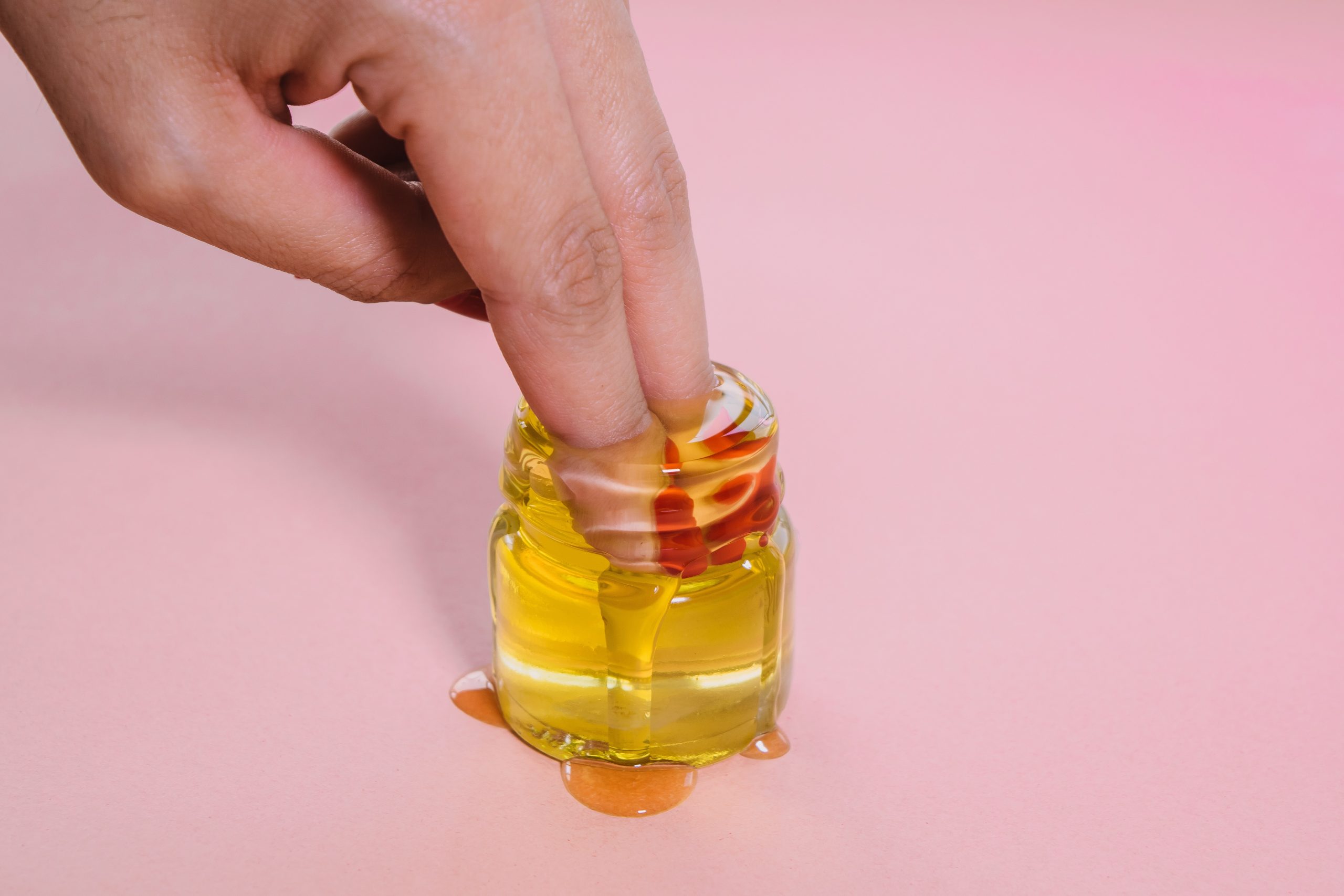“You smell what you see! Your eyes guide your nose. If you see chocolate, you might smell chocolate and if you see curry, you might smell curry even if there is no chocolate or curry ambient smells. Ad visual inputs activate olfactory mental imageries which are as strong as sensory olfaction”
The purpose of this paper is to test for gender-specific effects on odor-induced taste enhancement and subsequent food consumption in olfactory food marketing. Design/methodology/approach Lab experiments conducted among female and male participants using vanillin as a stimulus and ratings of sweetness, taste pleasantness and eating of sugar-free food as measures. Findings Odor-induced taste enhancement is gender-specific.
Female consumers outperform male consumers in olfactory reaction and sweetness perception. While men outperform women in food consumption. Research limitations/implications Odor intensity was set to the concentration level of 0.00005per cent according to the findings from (Fujimaru and Lim, 2013). The authors believe that this intensity level is appropriate for both men and women. Still, there may be some gender effects on intensity levels, which are not explored here.
The author’s test for the effects of one personal factor, gender and odor-induced taste enhancement of sugar-free food. The authors think that investigating the combined effects of more personal factors such as age, culture and so on adds to the accuracy of the results. Practical implications It seems that the stronger sensory capacities of women in terms of odor detection and recognition already confirmed in the literature extends to the cross-modal effects of this sensory detection and recognition on taste enhancement.
It seems appropriate to tailor olfactory food advertising according to the gender of the target audience. Originality/value Odor-induced taste enhancement is still a novel subject in marketing. While most of the research has investigated the effects of smelling congruent odors on taste perception and food consumption among mixed groups of men and women, the value of this paper lies in the investigation of the potential moderating effects of gender on this relationship.




